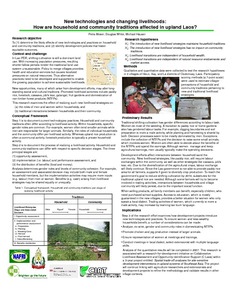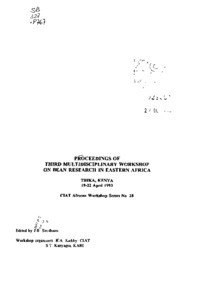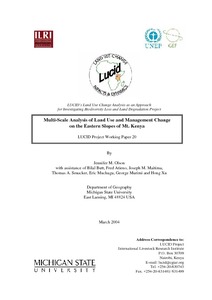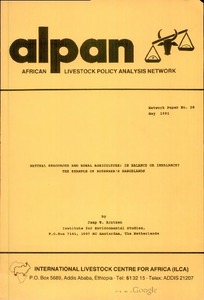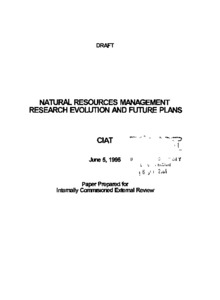Niger
Niger is a landlocked country in West Africa located between 11°37´ and 23°23´ north latitude and between 00°10´ and 16°00´ east longitude, with an area of 1,267,000 square kilometers. Niger shares borders with Algeria and Libya in the north, Chad in the east, Nigeria and Benin in the south, and Burkina Faso and Mali in the west. Three-fourths of Niger is cov¬ered by the Sahara Desert. The southern part of the country is in the Sahelian climate zone, with Sudan savannah vegetation.


